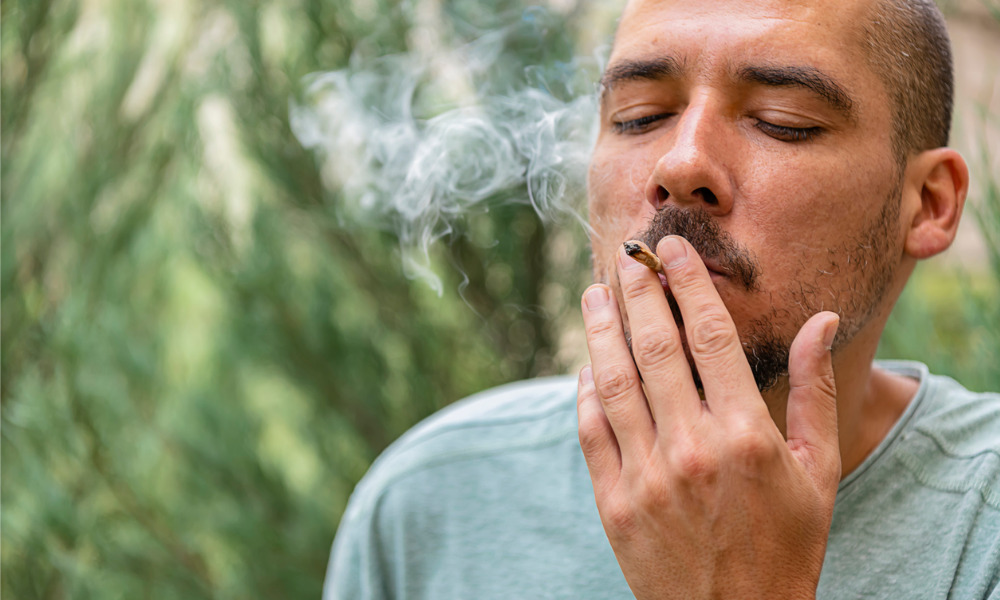‘These findings warrant the need for increased accessibility of safe supply programs, take-home naloxone and testing kits’

People who regularly use drugs such as stimulants, opioids and cannabis have not only increased their usage during the pandemic but fear relapse or overdose, according to a report.
Almost half (46 per cent) have increased usage, with seven per cent saying they have relapsed. Meanwhile, 38 per cent have decreased usage.
One-third (33 per cent) say their overdose risk has increased.
And nearly half (47 per cent) of all respondents say that the quality of the substances they use decreased amid the pandemic, according to the Centre for Addiction and Mental Health (CAMH).
Another 50 per cent say the cost of substances increased while 44 per cent say the accessibility of substances decreased.
Many Canadians who consume alcohol or cannabis are indulging more during the COVID-19 pandemic, according to a separate survey from the Canadian Red Cross.
“People who use drugs have been negatively impacted by the pandemic in ways that put them at greater risk for experiencing substance and health-related harms, including overdoses and a decreased ability to mitigate risk behaviours,” says Farihah Ali, lead author of the study “Changes in substance supply and use characteristics among people who use drugs (PWUD) during the COVID-19 global pandemic: A national qualitative assessment in Canada” in the International Journal of Drug Policy.
More than a third (37 per cent) of respondents say they have changed usage characteristics (like using a substance alone or with others) and 22 per cent have changed the location of use, found the CAMH study based on a survey of 200 participants conducted between May 4 and July 27, 2020.
More than half (58 per cent) say that there was a noticeable decrease in availability, an issue which was exacerbated by decreases in the quality and increases in the cost of substances, according to the report.
“Some participants described that due to public health measures meant to limit social interactions (including closures of ‘non-essential’ services and ‘stay-at-home’ orders), they had a hard time finding a dealer because there were not as many dealers out in public nor visible on the street. As a result, some indicated that they had to wait days or travel very far to obtain their preferred substance.”
Many participants (62 per cent) said prices have seen substantial increases since COVID-19, leading many to seek out cheaper substitutes.
“These findings warrant the need for increased accessibility of safe supply programs, take-home naloxone and drug-testing kits, as well as novel approaches to help ensure they have the necessary tools available to make informed choices and mitigate risk,” says Ali.
People with lower self-perceived mental health during the COVID-19 pandemic are more likely to increase their use of cannabis, alcohol and tobacco, according to a Statistics Canada report.




